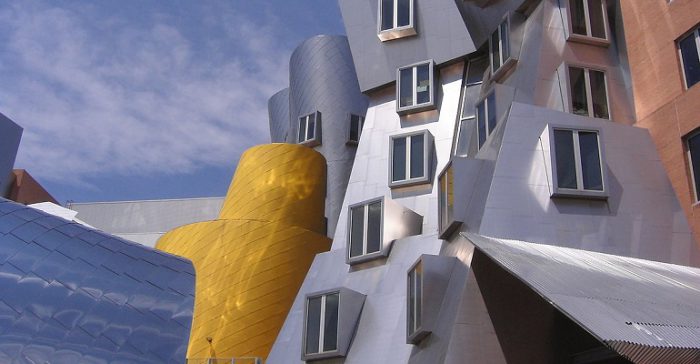MIT researchers create citywide building energy model for Boston
MIT News, February 22, 2016. Image credit: Tafyrn
The City of Boston now has a powerful new tool for planning its energy future, thanks to pioneering work done by researchers at the MIT Sustainable Design Lab (SDL) and the MIT Lincoln Laboratory, in collaboration with the Boston Redevelopment Authority (BRA).
Christoph Reinhart, associate professor of architecture, and Carlos Cerezo, a PhD student in the Building Technology Program, together with their SDL colleagues, have developed a citywide urban building energy model of unprecedented scale and spatio-temporal detail. The model estimates the gas and electricity demand of every building in Boston — nearly 100,000 total — for every hour of every day of the year. “Nobody has ever modeled a city the size of Boston at this level of detail,” Reinhart says. “It’s also the first time that these data are being used by a city to guide energy policy decisions.”
A toolkit for targeted, energy-smart planning
Reinhart and Cerezo say their new model is designed to help policymakers and planners focus on problem areas — for instance, buildings responsible for driving peak electricity demand on a hot summer afternoon — and, conversely, on where the best opportunities for energy savings might be found.
Another immediate outcome of their work is concrete guidance for city officials on how to document buildings and collect detailed data, relevant to energy planning, going forward.
Reinhart sees a bright future for these urban building energy models, as both an avenue of continued academic research and a vital resource for those trying to meet climate targets well beyond Boston’s boundaries. The SDL has now developed templates for Boston and Kuwait and is working on new models of Lisbon, Portugal; and Riyadh, Saudi Arabia. The group hopes that the emerging field of urban building energy models will come to a consensus on how to sort and classify city building data across different regions and climate zones.
